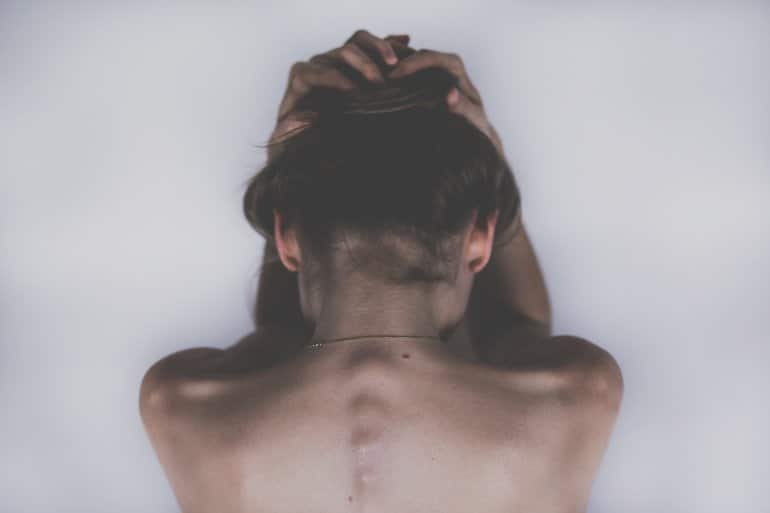
candidate at UL, used a new kind of scaffolding material and a unique new electrically conducting polymer composite to promote new tissue growth and generation that could advance the treatment of spinal cord injury.
As there is currently no widely available treatment, continuous research into this field is crucial to find a treatment to improve the patient’s quality of life, with the research field turning towards tissue engineering for novel treatment strategies.
“The field of tissue engineering aims to solve the global problem of shortages of donated organs and tissues, in which a new trend has emerged in the form of conductive biomaterials.The research team describes a growing interest in the use of electroconductive tissue engineered scaffolds that has emerged due to the improved cell growth and proliferation when cells are exposed to a conductive scaffold.In this work, hybrid biomaterials comprised of gelatin and immunomodulatory hyaluronic acid, a material which Professor Collins has developed over many years at UL, was combined with the developed novel PEDOT NPs to create biocompatible electroconductive scaffolds for targeted spinal cord injury repair.A complete study of the structure, property, and function relationships of these precisely designed scaffolds for optimized performance at the site of injury was carried out, including in-vivo research with rat spinal cord injury models, undertaken by Ms.In addition, the mechanical properties of implanted materials should mimic the tissue of interest in tissue engineered strategies, with the developed PEDOT NP scaffolds matching the mechanical values of the native spinal cord,” explained the researchers.
Biological response to the developed PEDOT NP scaffolds were studied with stem cells in-vitro and in animal models of spinal cord injury in-vivo.Testing showed greater axonal cell migration towards the site of spinal cord injury, into which the PEDOT NP scaffold was implanted, as well as lower levels of scarring and inflammation than in the injury model which had no scaffold, according to the study.Overall, these results show the potential of these materials for spinal cord repair, say the research team.“Electroconductive PEDOT nanoparticle integrated scaffolds for spinal cord tissue repair” by Aleksandra Serafin et al.
Electroconductive PEDOT nanoparticle integrated scaffolds for spinal cord tissue repair.Hostile environment around the lesion site following spinal cord injury (SCI) prevents the re-establishment of neuronal tracks, thus significantly limiting the regenerative capability.Electroconductive scaffolds are emerging as a promising option for SCI repair, though currently available conductive polymers such as polymer poly(3,4-ethylenedioxythiophene) polystyrene sulfonate (PEDOT:PSS) present poor biofunctionality and biocompatibility, thus limiting their effective use in SCI tissue engineering (TE) treatment strategies.
Based on these results, the incorporation of PEDOT NPs into Gel:HA biomaterial scaffolds enhances not only the conductive capabilities of the material, but also the provision of a healing environment around lesions in SCI